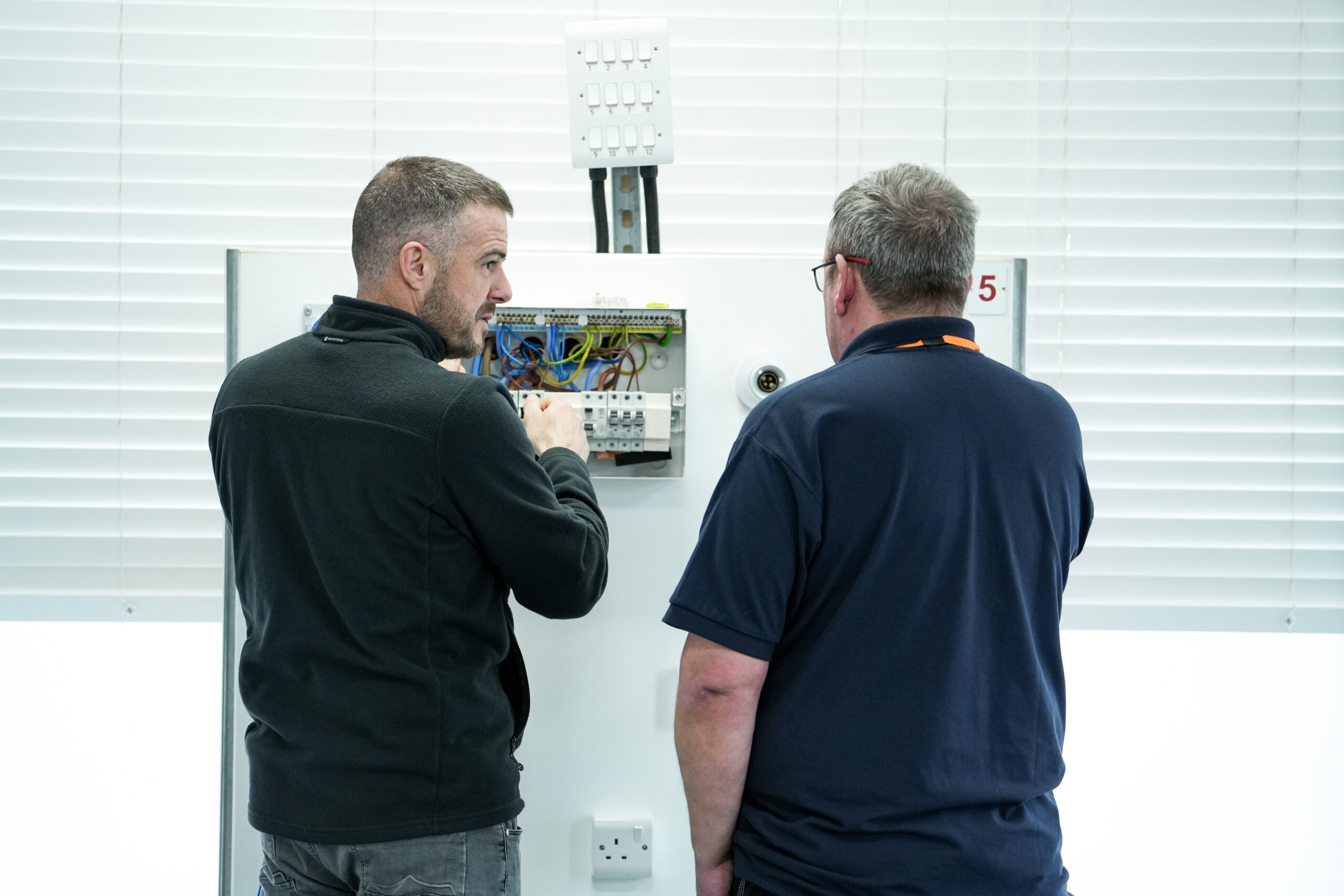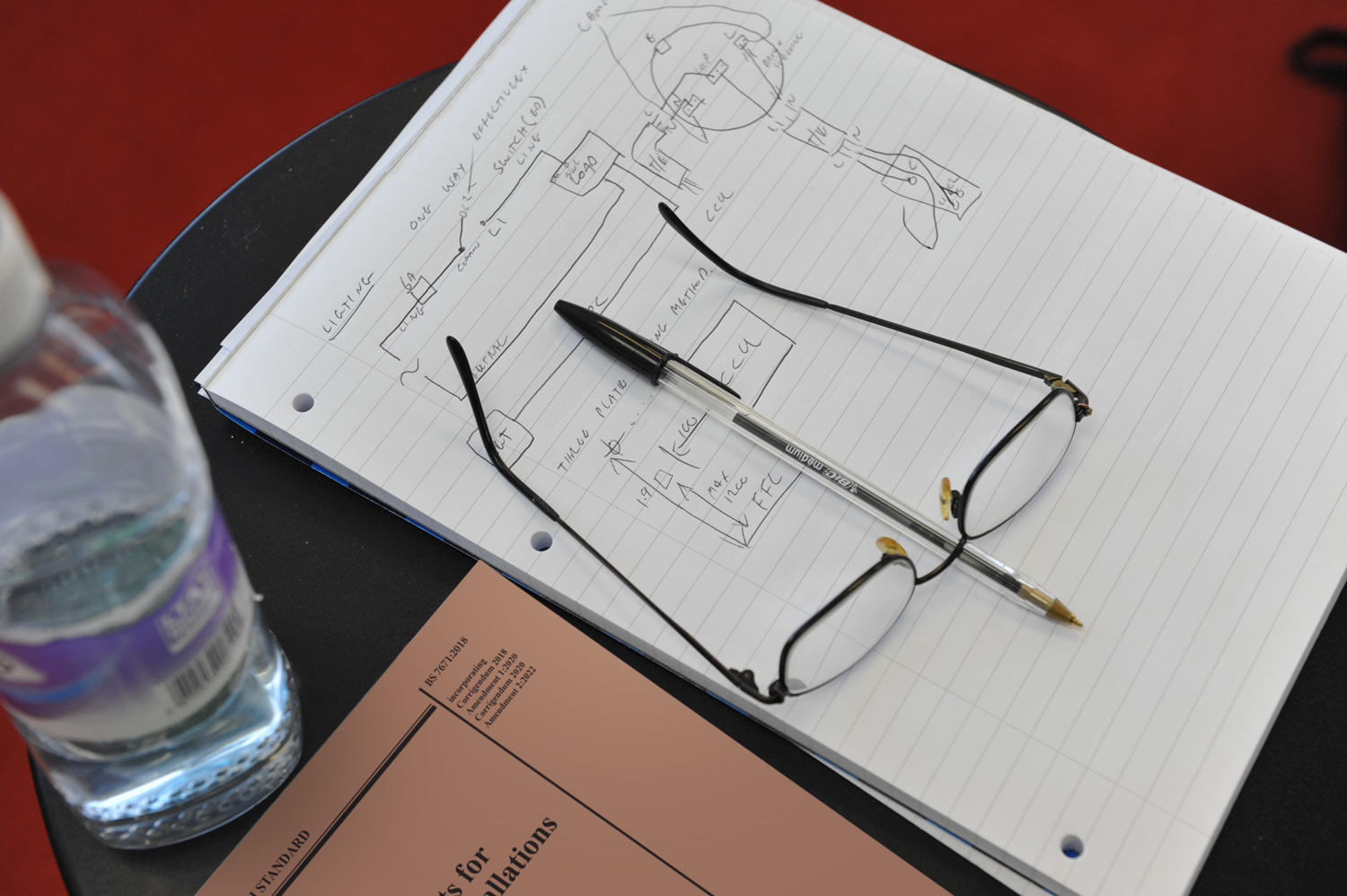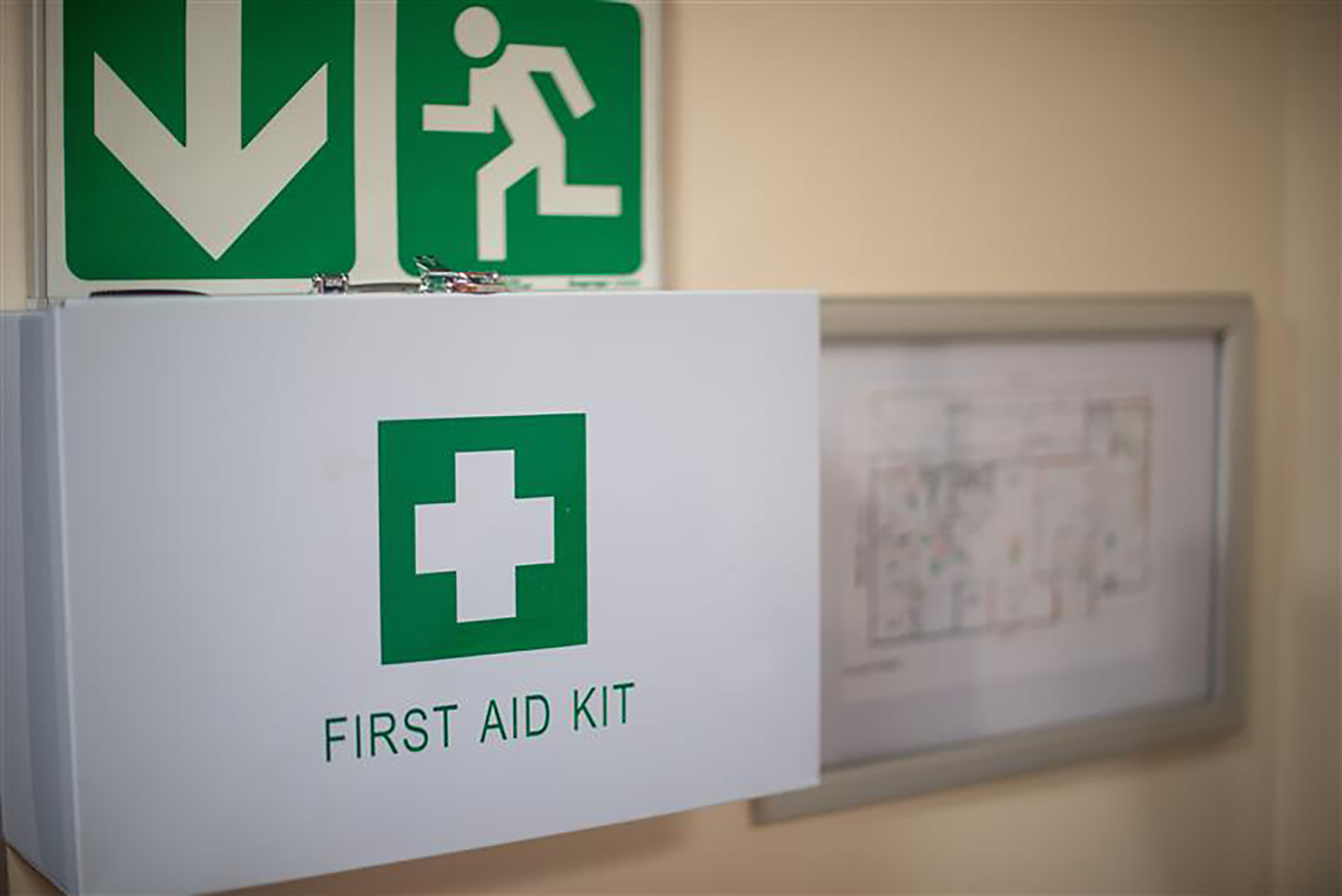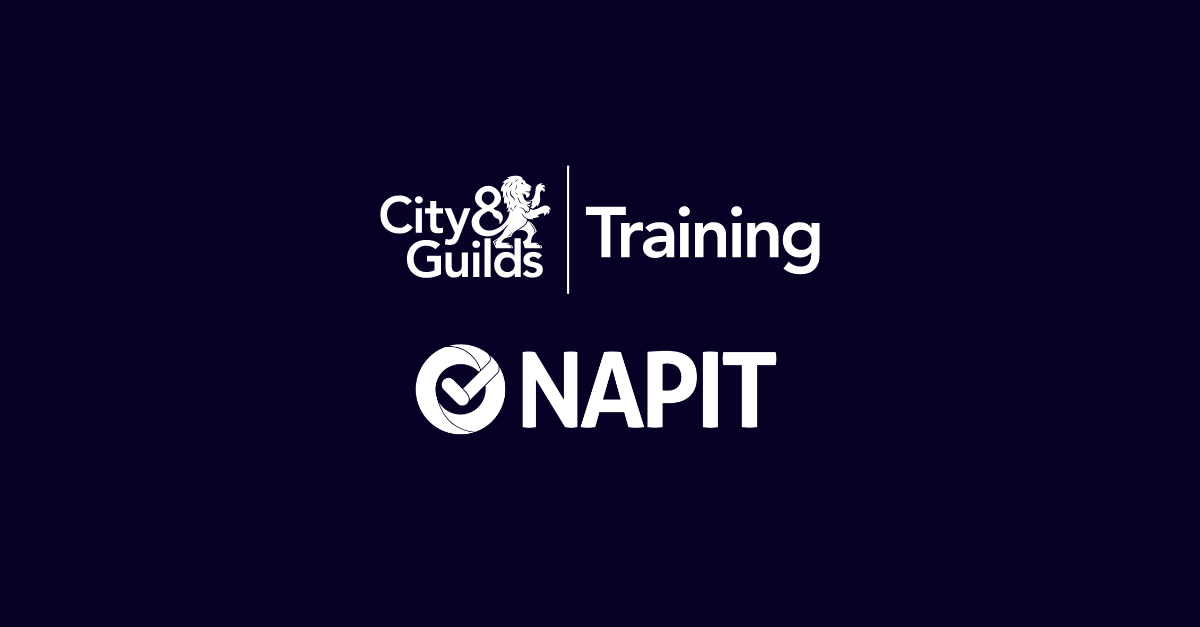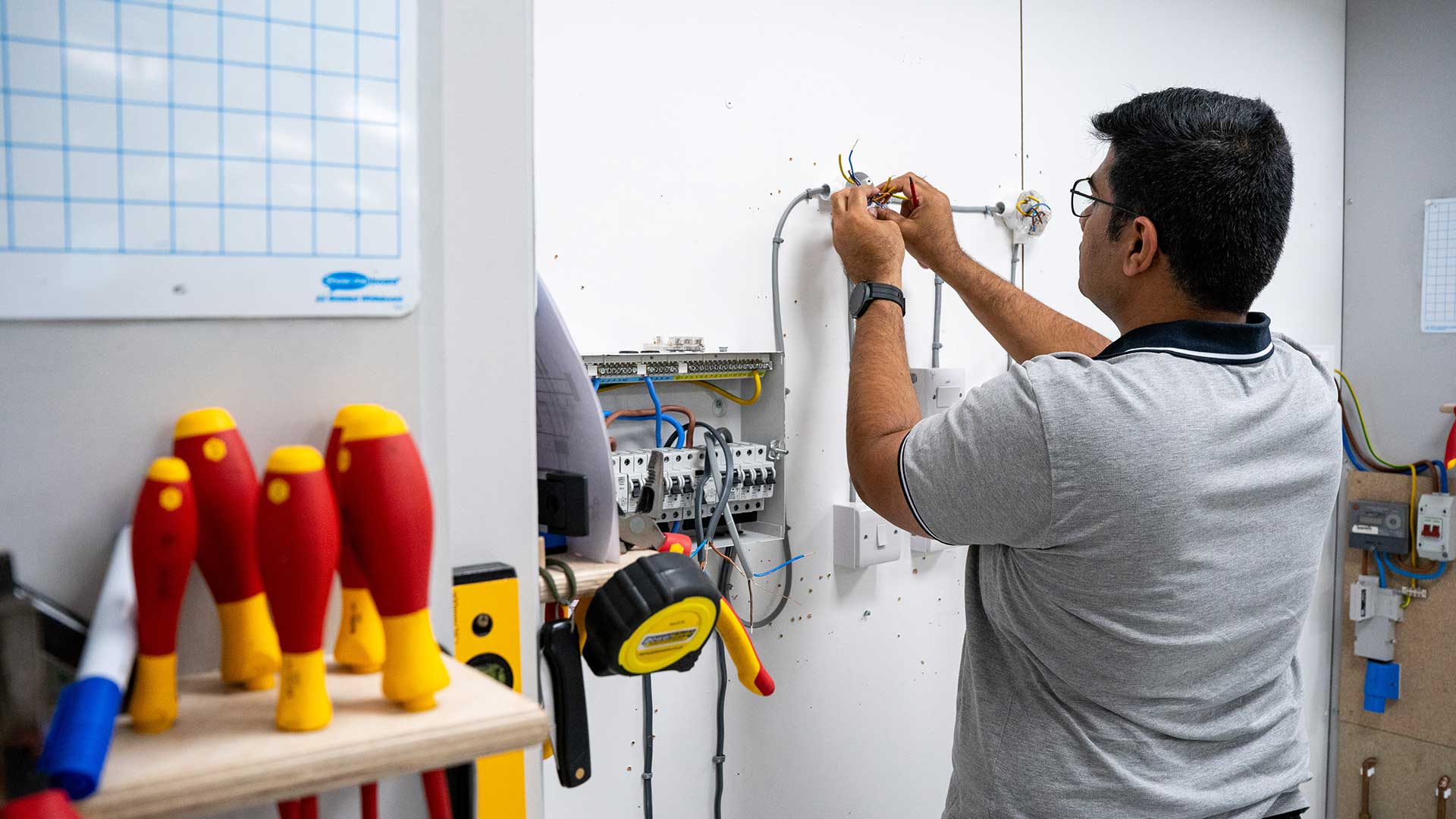You may hear it called it test and inspect by many people in the industry, however the correct terminology you should be using is inspection and testing. This is because it makes sense to inspect first and then test. It’s quite simple really, how can you test something that you haven’t inspected?
In layman’s terms Inspection and Testing is the testing procedures that electricians use to ensure that a circuit is working correctly and safe for use before being energised. It is a set of processes and procedures which must be followed and involves the use of test equipment to measure that the installation is functioning as expected in accordance with the wiring regulations.
It is a vital part of every electrical job and is completely separate to Part P. An inspection and test is carried out to verify, so far as is reasonably practicable, that the requirements of BS 7671 (Wiring Regulations) and other relevant regulations have been met, during the job itself and after completion before handing over to the client. Inspection and testing should also be carried out for all electrical installations at regular intervals. For example an EICR (Electrical Installation Condition Report) for existing installations.
It is applicable to all areas of electrical work whether this is domestic, commercial or industrial.
Before inspection and testing is carried out
Protecting Others
It is important to ensure that safety precautions are carried out before starting. This is to protect the health and safety of others and also yourself.
It is important to protect the safety of people, livestock and property against the dangers and damage that electrical installations can cause. In basic terms this means assessing risk of injury from things such as:
- Electric shock
- Burns/fire
- Other moving equipment
- Power supply interruptions
- Arcing or burning
Protecting yourself
It is important that other people know you are carrying out inspection and testing, particularly other workers on site.


Whilst these measures may seem a little extreme, it is worth bearing in mind that the installation has not been verified as being safe so still needs to be treated as a potentially dangerous installation. It is better to be safe than sorry.
Who can do inspection and testing?
Inspection and testing can only be carried out by a competent person with relevant experience and qualifications. We offer a number of courses for those wishing to carry out inspection and testing including:
- City & Guilds 2392 Course – For those inspecting and testing their own installations in domestic properties.
- City & Guilds 2394 Course – For those with some existing knowledge of inspection and testing and working with 3 phase
- City & Guilds 2395 Course – Periodic Inspection and Testing for those with a solid understanding of inspection and testing.
What is Inspection?
It is carried out before the testing and the installation is normally disconnected from the supply.
The point of inspection is to verify that the installed equipment:
- Complies with relevant standards – this is normally a mark of certification by the installer or manufacturer
- Is the correct type and installed in accordance to the Regulations
- Not damaged or defective which would cause a safety issue
The Inspection includes the checking of several items which are relevant to the installation. The checking can also take place, if necessary, during installation. The items checked are listed in Regulation 611.3 ‘Inspection’ BS7671.
What is testing?
It is important that testing is carried out using the correct equipment and methods and the results are compared with relevant criteria contained in Regulations 612.2 to 612.13
Testing also needs to be carried out in a specific order before the installation can be switched on. The test order is detailed in Regulations 612.2 to 612.6
If any part of the testing fails to comply, that test plus any other testing already carried out has to be repeated once the fault has been fixed. This is because the results of the tests may not be accurate and may have been influenced by the fault.

